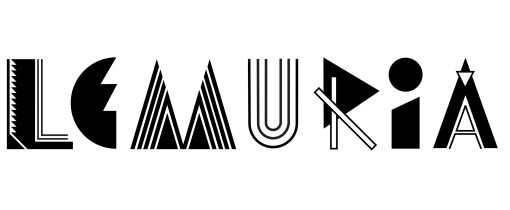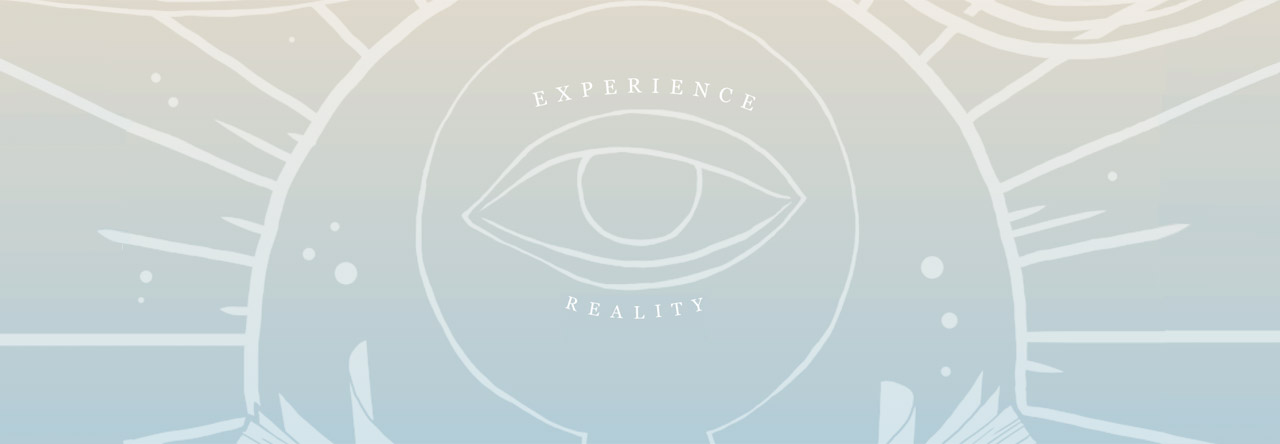by Kelly Pickerill
 I read V. S. Ramachandran’s book Phantoms in the Brain several years ago, and though I’ve always been drawn to science writing for the layman, this book was a bonafide page turner. Like Oliver Sacks, Ramachandran uses strange cases and patients that he’s worked with to talk about how our brains work. In fact, one of the unique qualities of neurological science, what makes it different than, say, chemistry or physics, is that without the anomalies, without something going wrong, it’s nearly impossible to explain cognitive behavior and function. For this reason, neurological science is still basically in its infancy; in the past three decades there have been more leaps and breakthroughs than ever before. Neuroscience is beginning to have something to add to the discussion about human beings that was previously the realm of the philosopher — why we act as we do, why some of us are more creative than others, why we’re social beings, why we developed language, how we perceive beauty, how religion developed.
I read V. S. Ramachandran’s book Phantoms in the Brain several years ago, and though I’ve always been drawn to science writing for the layman, this book was a bonafide page turner. Like Oliver Sacks, Ramachandran uses strange cases and patients that he’s worked with to talk about how our brains work. In fact, one of the unique qualities of neurological science, what makes it different than, say, chemistry or physics, is that without the anomalies, without something going wrong, it’s nearly impossible to explain cognitive behavior and function. For this reason, neurological science is still basically in its infancy; in the past three decades there have been more leaps and breakthroughs than ever before. Neuroscience is beginning to have something to add to the discussion about human beings that was previously the realm of the philosopher — why we act as we do, why some of us are more creative than others, why we’re social beings, why we developed language, how we perceive beauty, how religion developed.
In his new book, The Tell-Tale Brain, these are the discussions that Ramachandran adds to; revisiting some of his cases from his earlier books and presenting some new cases, he uses his cases of amputees with phantom limbs to demonstrate the brain’s capacity for change, he uses cases of people with synesthesia, or a blending of the senses, such as someone who can “taste” music, to theorize about where our creativity comes from, and he investigates the properties of a nerve cell that may be one of the most crucial to humans — the cause of our social nature, our development of language — these cells allow us to empathize with one another and adopt another’s point of view.
Ramachandran’s books are very readable and fascinating; I’ve just begun his new one, published at the first of the year, and I already find myself wanting to remember the details of this or that case so I can talk about what they taught me about how I am.





















